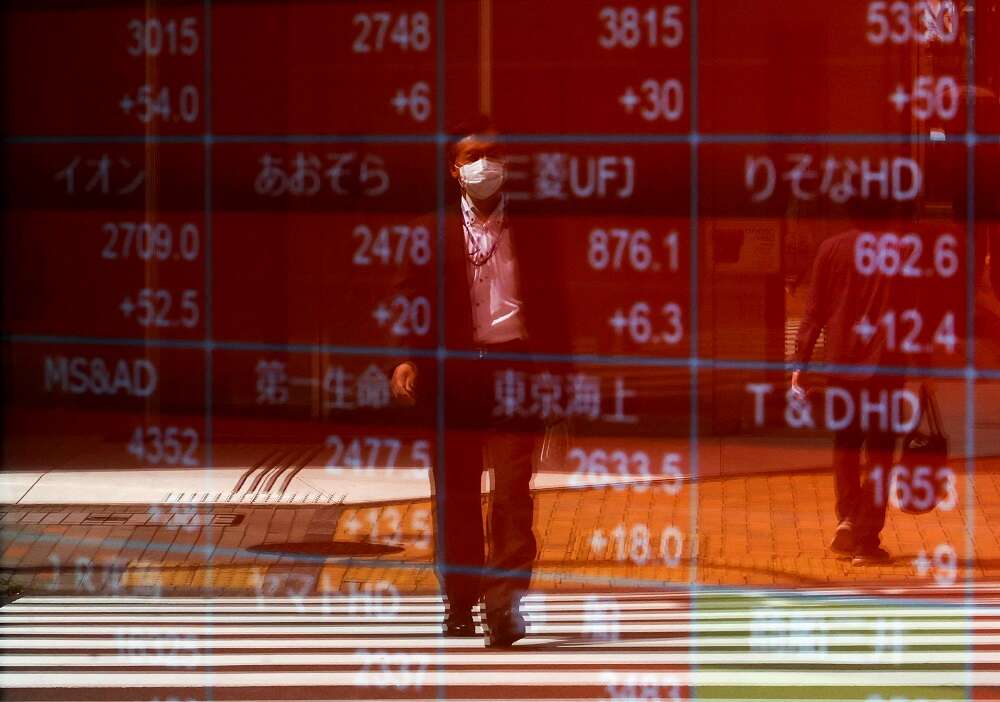
By Sinéad Carew
NEW YORK (Reuters) – Equities around the world were lower on Tuesday in a choppy trading session as Treasury yields stayed close to 2007 levels while fears of higher for longer interest rates ate into appetites for riskier assets.
The dollar index eased from a 10-month high but was still rising and the Japanese yen bounced from an 11-month low as Japanese officials warned about a possible intervention in the currency.
U.S. Treasury 10-year yields surpassed 16-year peaks touched in the previous session before pulling back while the yield curve flattened a bit, as investors paused selling bonds and re-assessed how far rates have come.
Wall Street’s major stock indexes followed Asian and European equities lower as investors continued to digest last week’s indication from the Federal Reserve that it would keep rates higher for longer than investors had previously expected.
However, Minneapolis Fed President Neel Kashkari said on Tuesday that he sees a “soft landing” for the U.S. economy as likelier than not, but also sees a 40% chance that the Fed will need to raise rates “meaningfully” higher to beat inflation.
Nervousness in the market was also exacerbated by the prospects of a government shutdown. Republican-controlled House of Representatives’ are pushing to advance steep spending cuts this week, which are unlikely to become law but could trigger a partial shutdown, furloughing hundreds of thousands of federal workers and suspending public services.
The Washington stand-off added to negative sentiment, along with rising oil prices and auto worker strikes that started in Detroit on Sept 14, as investors also waited for a key inflation reading, core Personal Consumption Expenditures (PCE), which is due out on Friday.
“As long as rates keep pushing higher that’s going to keep the market nervous,” said Jack Janasiewicz, portfolio manager at Natixis Investment Managers Solutions. “It feels like this dark cloud is having over the market until we get to the PCE print.”
The Dow Jones Industrial Average fell 305.54 points, or 0.9%, to 33,701.34, the S&P 500 lost 50.6 points, or 1.17%, to 4,286.84 and the Nasdaq Composite dropped 168.53 points, or 1.27%, to 13,102.79.
The pan-European STOXX 600 index lost 0.56% and MSCI’s gauge of stocks across the globe shed 1.01%.
In Treasuries, benchmark 10-year notes were up 0.4 basis points to 4.546%, from 4.542% late on Monday. The 30-year bond was last up 1.6 basis points to yield 4.675%, from 4.659%. The 2-year note was last was up 1.1 basis points to yield 5.1423%, from 5.131%.
In currencies, the dollar index rose 0.179%, with the euro down 0.16% to $1.0573 while Sterling was last trading at $1.2161, down 0.41% on the day.
The Japanese yen weakened 0.01% versus the greenback at 148.90 per dollar. The greenback’s strength against the yen in particular has kept traders on alert for an intervention to prop up the Japanese currency, especially after Finance Minister Shunichi Suzuki said no options were off the table.
The 150 yen per dollar level is seen by financial markets as a red line that would spur Japanese authorities to act, as they did last year.
Oil prices edged higher after reaching a two-week low earlier in the session, as investors weighed demand concerns stemming from an uncertain economic outlook against expectations of tighter supply for the rest of this year.
U.S. crude recently rose 0.83% to $90.42 per barrel and Brent was at $93.80, up 0.55% on the day.
(Reporting by Sinéad Carew, Lawrence White and Kevin Buckland; Editing by Shri Navaratnam, Kim Coghill, Sharon Singleton, Alex Richardson and Aurora Ellis)


